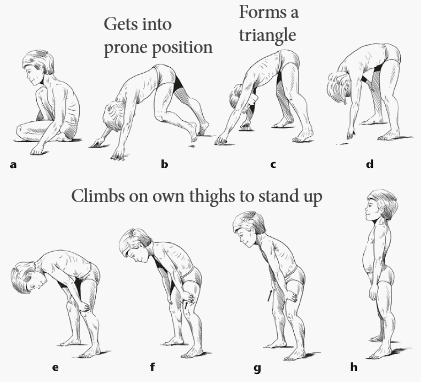Synonyms: Gower’s maneuver, Myopathic walking, Butt-first maneuver Identifying Gower’s sign To check for Gower’s sign, place the patient in the supine position and ask him to rise. A positive Gower’s sign – an inability to lift the trunk without using the hands and arms to brace and push – indicates…
Tag: Musculoskeletal system
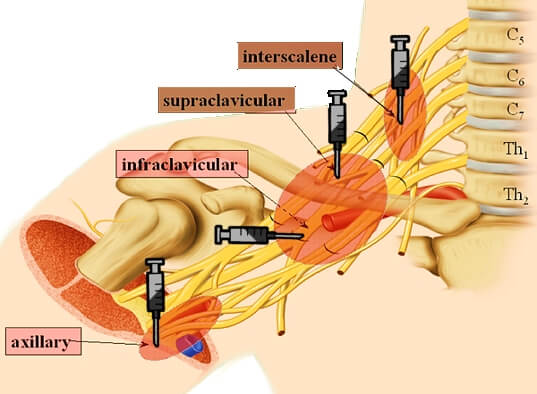
Brachial Plexus Block Made Easy
Brachial plexus is sub-divided from proximal to distal into: Roots, Trunks, Divisions, Cords, Branches. This can be easily remembered with a mnemonic: Randy Travis Drinks Cold Beer. Approaches for Brachial Plexus Block Basically, there are 4 approaches to the brachial plexus block at different levels as described in the mnemonic…
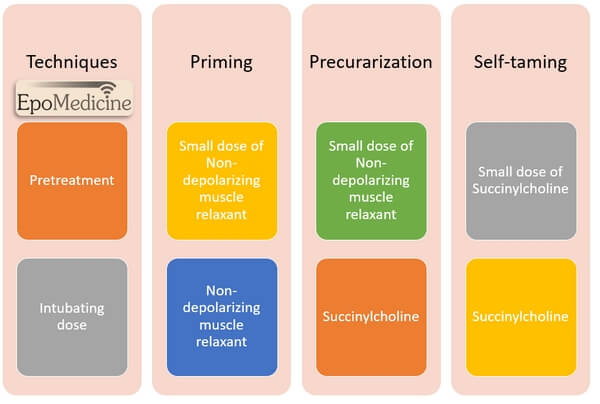
Priming, Precurarization and Self taming
Priming Administration of a small sub-paralyzing dose of non-depolarizing muscular blocking agent (usually 10% of the intubating dose) is given 2-4 minutes before administering a 2nd large dose for tracheal intubation to accelerate the onset of non-depolarizing NM blockade by 30-60 seconds. Mechanism and Concept of Priming 2 theories have…
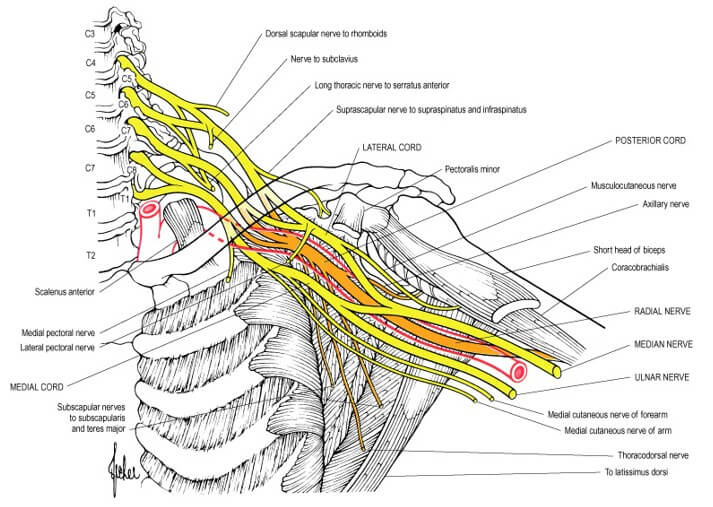
Brachial Plexus Simplified with Mnemonics
Components of Brachial Plexus Mnemonic: Randy Travis Drinks Cold Beer From proximal to distal, brachial plexus consists of: How are the roots formed? From the Ventral Rami of C5 to T1 spinal nerves. Extent and course: Intervertebral foramina to Transverse process to Interscalene triangle (bounded by anterior scalene and middle…
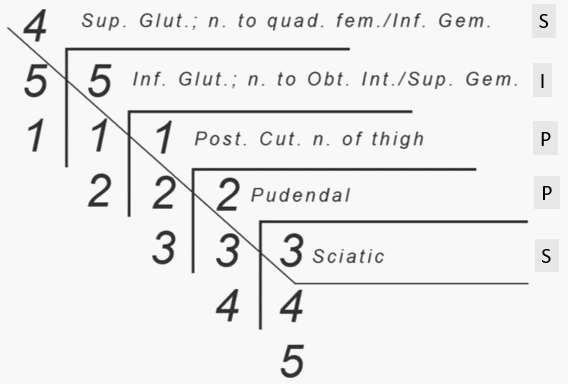
Lumbosacral Plexus Simplified
While everyone is busy talking about the brachial plexus – lumbosacral plexus (the origin of nerves that supplies everything below the umbilicus) seems to be bit under-rated. Formation of Lumbosacral Plexus Ventral rami of L1-S4; has 2 components – Lumbar plexus (L1-L4) – forms within psoas major anterior to lumbar…
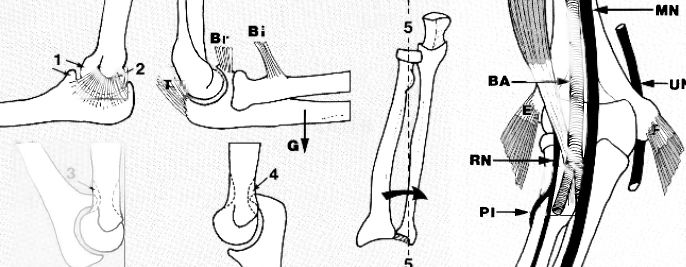
Pediatric Lateral Condyle Humerus Fracture : Review
A) Epidemiology: B) Mechanism of Injury: C) Classifications: a. Milch: Fracture line based – b. Jakob and Weiss: Displacement and articular congruency based – Modified Weiss classification: No need for arthrogram1. Type I: <2 mm displacement2. Type II: 2-4 mm displacement 3. Type III: >4 mm displacement (displacement of >4…
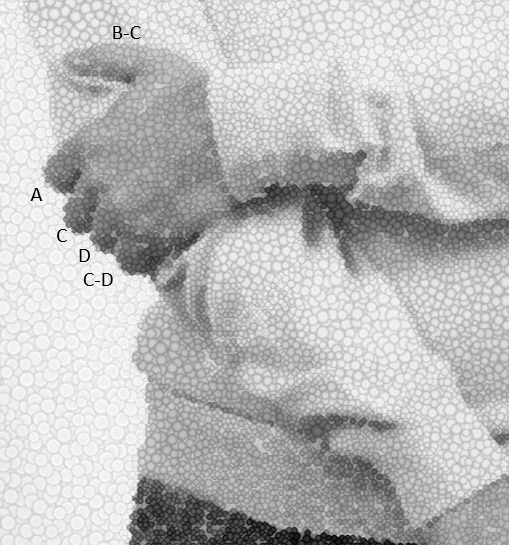
Forearm muscles : Tricks to remember
Anterior Forearm (Compartment) Muscles Total muscles: 8 (4 superficial + 1 intermediate + 3 deep) Mnemonic: Do it yourself as shown in the figure below! Place your thenar/hypothenar eminence over medial epicondyle and fan out 5 fingers with thumb resting below the 4 fingers. The 4 fingers represent superficial flexors…
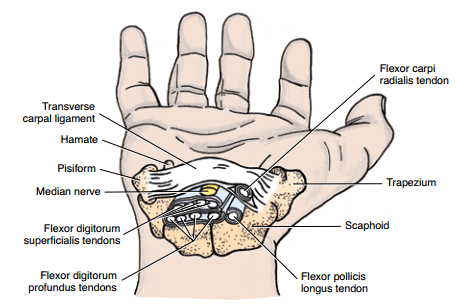
Carpal Tunnel Anatomy
Synonyms: Carpal canal Definition of Carpal Tunnel Carpal tunnel is an osseofibrous space on the palmar aspect of wrist extending from distal volar wrist crease to the mid-palm, which serves as a passageway to the palm for flexor tendons and the median nerve. Boundaries of Carpal Tunnel A. Roof: Flexor…
